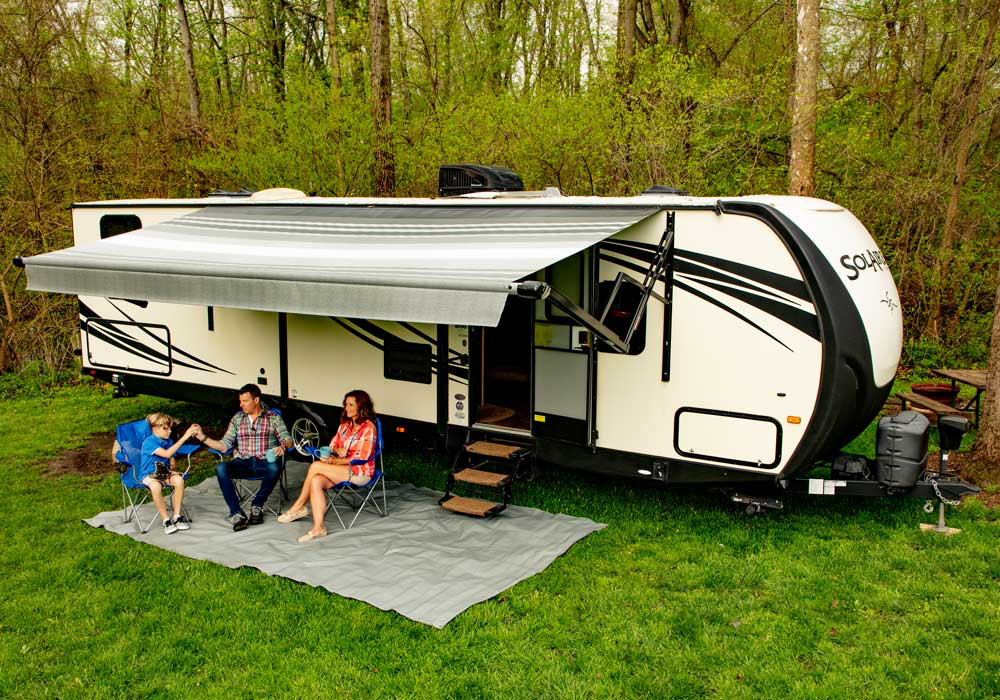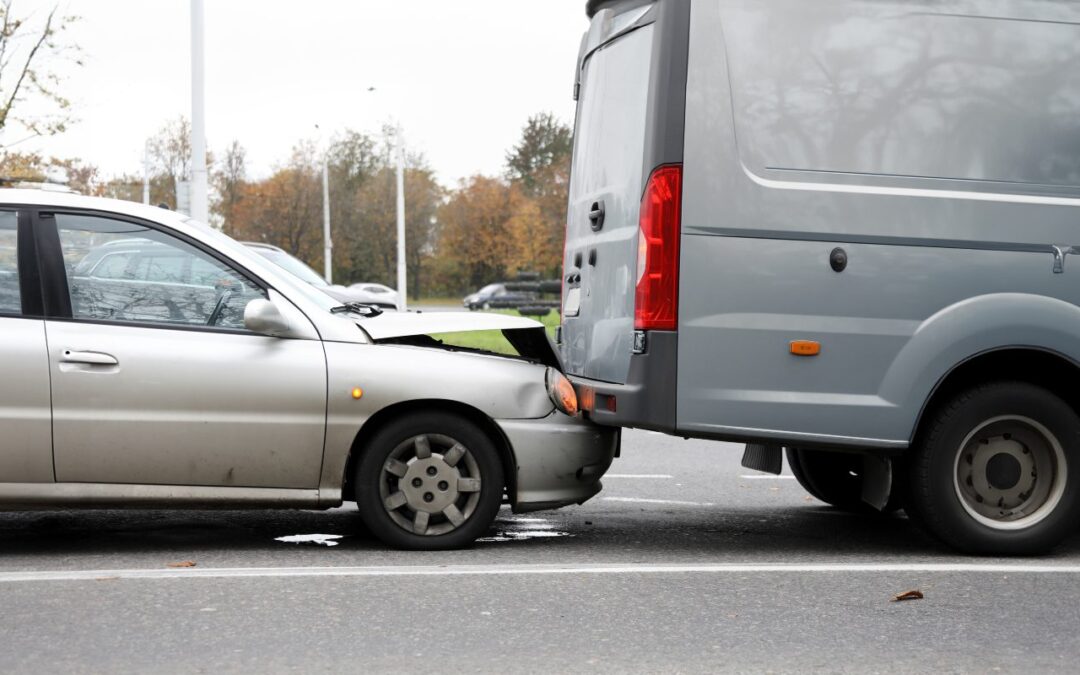For RV owners, few features combine comfort and function like an awning. It provides shade on hot days and extends your living space wherever the road takes you. But what happens if your awning is damaged by a storm or accident? Will RV insurance help cover the cost of repair or replacement? The short answer is: sometimes.
The longer answer depends on your policy, the type of damage, and how well you have maintained your RV. In this guide, we will break down what is usually covered, what is not, and how you can protect your awning from future damage.
The Importance of Protecting Your RV Awning
RV awnings are constantly exposed to the elements. They face rain, UV rays, and unexpected surprises from road travel and campground environments. This exposure makes them more prone to wear and damage over time.
Because awnings are essential for outdoor comfort and can be costly to repair, understanding your insurance coverage before damage happens is key for every RV owner.
How RV Insurance Covers Awning Damage
Are Awnings Covered in Standard Policies?
Awnings are sometimes included in standard RV insurance policies, but not always. If your coverage is limited to liability insurance, your awning is likely not protected. To cover the physical components of your recreational vehicle, you need a policy that includes both comprehensive and collision coverage.
Awnings are usually treated as part of the vehicle’s structure, much like the roof or slide-outs. Many insurers will include them in broader coverage for exterior damage, as long as the incident fits specific criteria.
The Role of Comprehensive and Collision Coverage
Comprehensive coverage helps pay for damage caused by events outside of collisions. This can include falling tree branches, storms, fire, theft, and vandalism. If your awning is damaged by one of these covered events, your insurer may cover the repair or replacement cost.
Collision coverage, on the other hand, applies if your awning is damaged while your RV is in motion or involved in an accident. This could include hitting a low structure or scraping another vehicle.
In both cases, the key factor is whether the awning was damaged by a covered peril outlined in your policy.
What’s Not Covered? Know Before You File a Claim
Common Exclusions
Even with the right policy, not all awning damage is eligible for reimbursement. Insurance companies often deny claims if the damage is caused by regular wear and tear, neglect, or a lack of routine maintenance.
Here are a few situations that typically fall outside of coverage:
- Fabric that deteriorates due to sun exposure over time, where an RV Canopy Replacement is needed
- Mold or mildew buildup from improper drying or putting away your awning wet
- Damage from leaving the awning extended during high winds
- Failures caused by loose bolts, broken arms, or rust from a lack of care
Damage due to user error, manufacturer defects, or DIY modifications may also fall outside your policy limits. Reading the fine print and maintaining your equipment is essential to staying covered.
Out-of-Pocket Costs
If your insurance policy does cover the damage, you will still need to pay your deductible before receiving compensation. Most RV policies have a deductible ranging from a few hundred to over a thousand dollars.
In some cases, your insurer may calculate depreciation based on the age and condition of the awning. If your awning is several years old or has been patched or repaired before, you may not receive the full replacement value.
For minor repairs, some RV owners choose to pay out of pocket rather than file a claim, especially if the cost falls below the deductible or if they want to avoid potential premium increases.
Prevent Awning Damage and Preserve Coverage
Maintenance Tips
Preventive maintenance is the best way to protect your awning and keep your insurance valid. Here are a few key steps to protect your set up:
- Clean your awning regularly using mild soap and water
- Always let the fabric dry completely before retracting
- Inspect hardware and brackets before every trip
- Retract the awning during strong winds or heavy rain
Routine care not only extends the life of your awning but also helps ensure that insurance claims are not denied due to neglect.
Keep Good Records
If damage does occur, having documentation on hand will help support your claim. Take date-stamped photos after maintenance and inspections, and keep receipts for any upgrades or repairs.
Bonus Insight: Insurance vs Warranty Coverage
Insurance and warranties offer two different types of protection. Insurance covers sudden or accidental damage caused by specific incidents. Warranties, on the other hand, cover manufacturer defects and workmanship issues for a set time period.
If your awning stops functioning due to a mechanical problem, a
warranty may apply. If it is damaged during a storm or road mishap, insurance could help. Understanding both options gives you more confidence in the equipment you take on your journeys.
Durable Shade Solutions from Carefree
At
Carefree, we design
high-performance awnings built to handle the realities of life on the road. Our products are crafted with advanced engineering and smart features that make everyday use more reliable and more enjoyable.
Whether you own a travel trailer, motorhome, or camper, our awnings are built to last and easy to install. Investing and maintaining a durable awning not only improves your outdoor comfort but also reduces the likelihood of damage that could lead to an insurance claim.
Know What’s Covered Before You Need It
Awning damage can be frustrating and expensive, but understanding your RV insurance policy helps you stay prepared. Review your coverage regularly, follow maintenance best practices, and know the difference between insurance and warranty support.
And when you are ready to upgrade to an awning that is as dependable as your next destination, Carefree is here to help you with effortless, long-lasting outdoor comfort.

